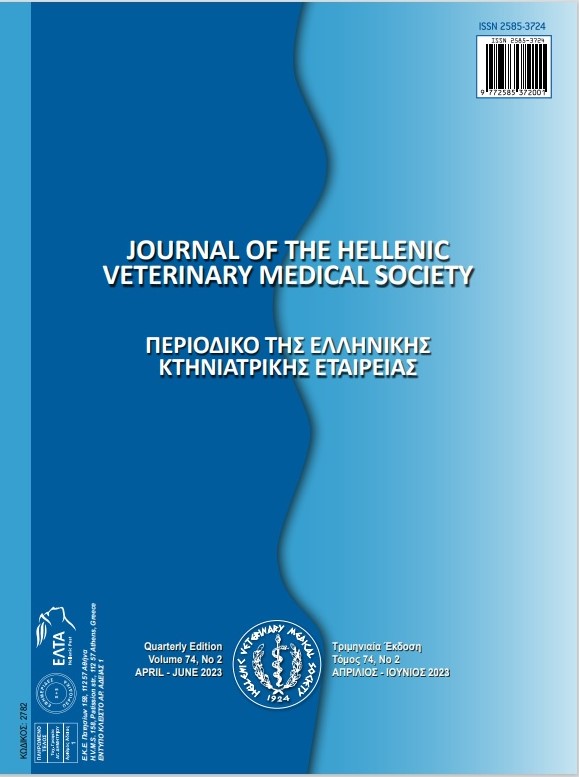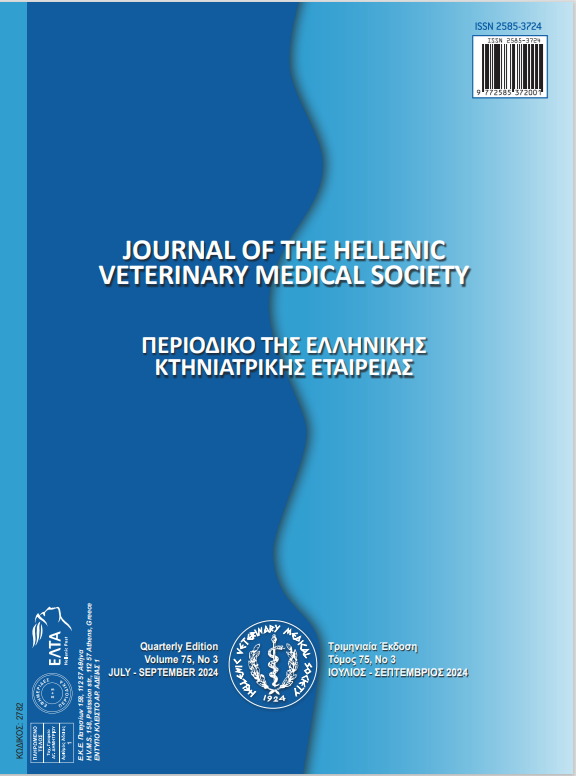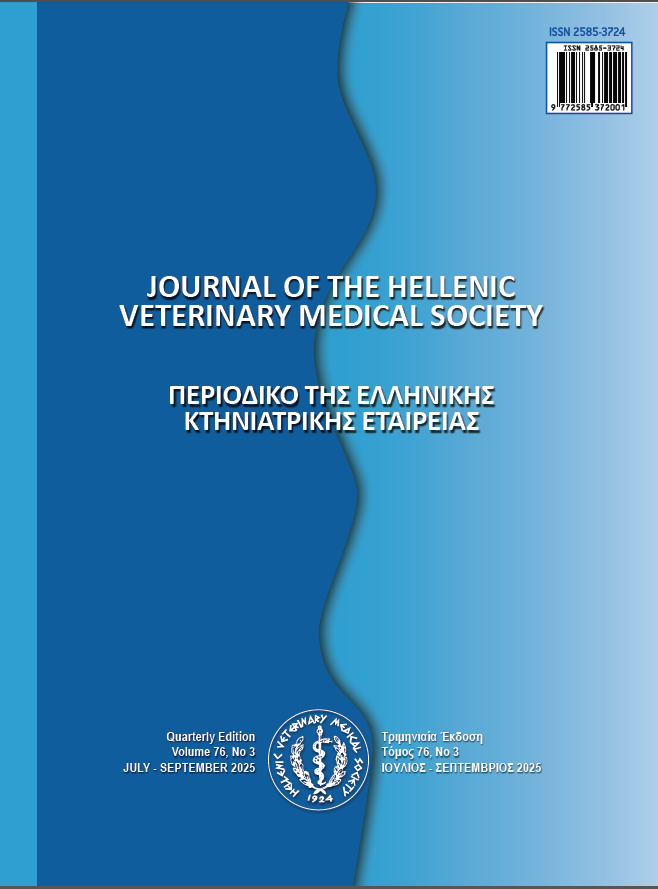Wheat Bran Beyond a Fiber Source for Sustainable Poultry Nutrition: A Comprehensive Review

Περίληψη
Wheat bran (WB), but also hulls from rice, oat, sunflower and soybean, wood chips, and industrial fiber byproducts are among the main sources of insoluble fiber in poultry nutrition. Insoluble fiber (IF) in poultry is more than a diet-diluent because of it improves performance, digestive tract ecology, and health in poultry. Feeding of 2.5-3.5% of IF could improve feed efficiency and nutrient digestibility, whereas soluble dietary fiber (SDF) causes increased viscosity, intestinal transit time, and decreased feed intake, digestibility, and growth rate. The nutritional advantages of WB include the high fiber (48-53%), protein (9.6-18.6%), vitamin B, betaine, and minerals, as well as the improvement of health status and production. Microbial fermentation is utilized to enhance the nutritional properties of wheat bran fiber by incorporating fungi, bacteria, and yeast. Wheat bran, rich in dietary fiber microorganisms like Aspergillus, Saccharomyces, Lactobacillus, and Bacillus. Used in fermentation process under controlled conditions (temperature, pH, oxygen, and moisture levels) promote microbial growth, improves nutrient content, digestibility, and gastrointestinal health, making wheat bran a valuable feed ingredient for poultry nutrition. The main challenge of WB feeding is due to its high fiber content, anti-nutritional factors affecting the digestion and absorption of nutrients, intestinal viscosity, and microbiota. Diets diluted with WB affect the amount of endogenous and exogenous enzymes, intestinal length and relative weight of the gizzard. Intrinsic phytase is one of the less discussed advantages of WB in monogastric nutrition; it increases the bioavailability of phosphorus and several other nutrients and reduces the need to add exogenous phytase and phosphate sources. Endogenous WB phytase was completely released at pH 3-5 by microbial phytase from the aleurone layer. Phytase activity depends on the type of wheat and phytase matrix. The addition of appropriate levels of exogenous enzymes is effective in regulating the gene expression of digestive enzymes and improves the release of trace elements and bone matrix. In this review, based on the available literature, we concluded that the benefits of using WB were much greater than other fiber sources, but more research is needed to compare this valuable fiber source in terms of gut ecology, gene expression, digestibility, behavior, and its interactions with different fat sources.
Λεπτομέρειες άρθρου
- Πώς να δημιουργήσετε Αναφορές
-
Salahi, A., Attia, Y., Zabermawi, N., Bovera, F., Shafi, M., Laudadio, V., & Tufarelli, V. (2025). Wheat Bran Beyond a Fiber Source for Sustainable Poultry Nutrition: A Comprehensive Review. Περιοδικό της Ελληνικής Κτηνιατρικής Εταιρείας, 76(2), 9321–9348. https://doi.org/10.12681/jhvms.39381 (Original work published 8 Ιούλιος 2025)
- Τεύχος
- Τόμ. 76 Αρ. 2 (2025)
- Ενότητα
- Review Articles

Αυτή η εργασία είναι αδειοδοτημένη υπό το CC Αναφορά Δημιουργού – Μη Εμπορική Χρήση 4.0.
Οι συγγραφείς των άρθρων που δημοσιεύονται στο περιοδικό διατηρούν τα δικαιώματα πνευματικής ιδιοκτησίας επί των άρθρων τους, δίνοντας στο περιοδικό το δικαίωμα της πρώτης δημοσίευσης.
Άρθρα που δημοσιεύονται στο περιοδικό διατίθενται με άδεια Creative Commons 4.0 Non Commercial και σύμφωνα με την άδεια μπορούν να χρησιμοποιούνται ελεύθερα, με αναφορά στο/στη συγγραφέα και στην πρώτη δημοσίευση για μη κερδοσκοπικούς σκοπούς.
Οι συγγραφείς μπορούν να καταθέσουν το άρθρο σε ιδρυματικό ή άλλο αποθετήριο ή/και να το δημοσιεύσουν σε άλλη έκδοση, με υποχρεωτική την αναφορά πρώτης δημοσίευσης στο J Hellenic Vet Med Soc
Οι συγγραφείς ενθαρρύνονται να καταθέσουν σε αποθετήριο ή να δημοσιεύσουν την εργασία τους στο διαδίκτυο πριν ή κατά τη διαδικασία υποβολής και αξιολόγησής της.






